Sometimes all what one desires is to let their hair down, pray and seek blessings of the divine. One such place where tourist can drench themselves in holy spirits is Himachal Pradesh. The moment of tranquillity tourist undergoes on their religious tour to Himachal Pradesh is simply rejuvenating. Himachal Pradesh is acknowledged as the 'Dev Bhoomi' (or the abode of Gods and Goddesses), probably one of those states which possess the power to make anyone meet their spiritual and enigmatic side. The aura surrounding the celestial land takes every tourist back to an era where Dharma, Karma and forgiveness where the three main maxims of life.
Himachal Pradesh is a deified land of god's saints, preachers, devotees and goddesses. The state is famous for its delightful temples and serene monasteries. Right from Hindu temples to Christian churches, from Sikh Gurudwaras to Buddhist monasteries, all these things define the religious side of the people of Himachal Pradesh.
Himachal Pradesh is a place where one can feel the presence of the almighty. Around 95% of the population are Hindus, and there are more than 2000 temples in Himachal Pradesh. Journey to these pious temples of Himachal Pradesh is considered as the lifetime achievement and endows the pilgrims with peace of mind and mental strength. On a tour to Himachal Pradesh, tourist must visit the seven temples dedicated to Goddess Durga namely Mata Chamunda Devi, Mata Jwala Ji, Maa Kangra Devi, Maa Chintpurni Devi / Mata Chhinnamastika Dham, Mata Naina Devi, Mata Mansa Devi, and Mata Kalika Devi. All these temples are considered as important identities of Goddess Durga.
Other important temples located in the vicinity of Himachal Pradesh are Baba Balak Nath Temple, Brijeshwari Temple, Bijli Mahadev Temple, Shringi Rishi Temple, Rewalsar Temple, Shikari Devi Temple, Jakhu Temple, Bhagsu Nag Shiva Temple. Even the Manimahesh Lake attracts devotees from around the world. The place is considered as the abode of Tridev i.e., Lord Shiva, Lord Vishnu and Lord Brahma.
One can see traces of Buddhism dating back to the early 8th century in Himachal Pradesh. The land is home to the 14th Dalai Lama, Tenzin Gyatso, who is the spiritual leader of Tibet. He has his "capital in exile" at McLeod Ganj in close vicinity to Dharamshala. The calm and serene monasteries of Himachal represent the origin of Buddhism. Lahaul, Spiti and Kinnaur are some of the other places where one can see a huge chunk of the Buddhist community. The land of Himachal is so pure that it keeps everyone in contact with the supreme power that dwells in the different forms. The sacred land alias Devbhumi is revered by Sikhs and Christians as well. One can see churches as old as 150 years in the vicinity of Himachal Pradesh.
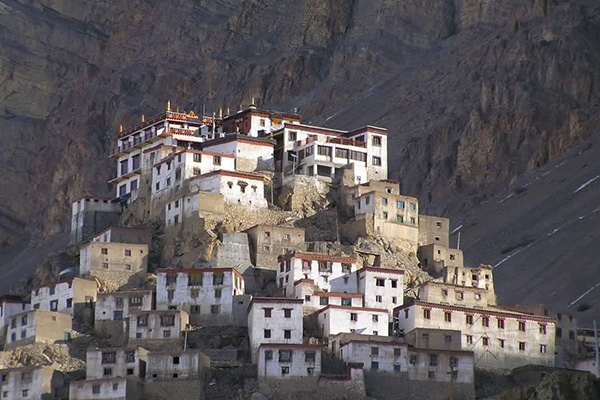
The churches in Dalhousie add to the beauty of this picturesque town. Once the town was a favorite destination of the British; the churches in Dalhousie carry the old European charm with its architectural style and ambiance. Over and above, Himachal Pradesh is home to many Gurudwaras as well. One can see the presence of Sikhism in Himachal Pradesh since 1695. Paonta Sahib in Sirmour, Rewalsar in Mandi, Manikaran in Kullu are the three main Gurudwaras in Himachal Pradesh.
The scenic beauty of these places is worth remembering as most of these places are nestled amidst the lofty cliffs and snow-capped mountains. Feel the power of spirituality and lose yourself in devotion at these enchanting religious sites.
Religious Interesting Facts about Himachal
- The Bijli Mahadev temple is occasionally hit by lightning, which breaks the 'Shiva lingam' into pieces. The priest of the temple collects all the pieces and joins them together with the help of butter. It is the oldest and largest Laxmi Narayana temple in the Chamba District.
- In the Jhakoo temple of Shimla, there is a 108 ft tall monument of Lord Hanuman. The statue is deemed as the tallest statue of Lord Hanuman.
- Tabo monastery is one of the most pious and oldest surviving Buddhist establishments dating back 1000 years in the Trans-Himalayas in Lahoul and Spiti Valley. The Tabo gompa is basically a complex that houses a number of small gompas, temples and monasteries. It is spread over an area of 6300 sq m and is surrounded by high boundary wall.
- The Tabo Monastery is one of the oldest monasteries in India; Rinchen Sangpo laid the foundation of this monastery in India in 996 AD.










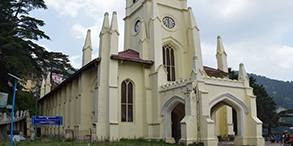
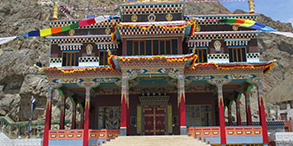

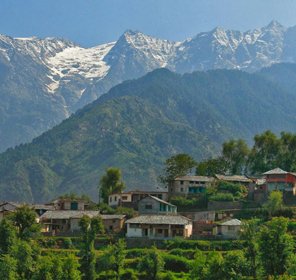

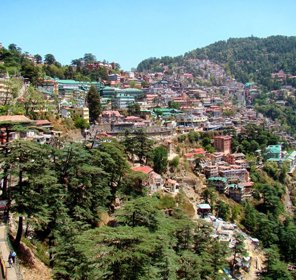

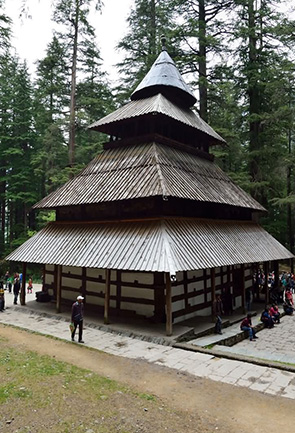


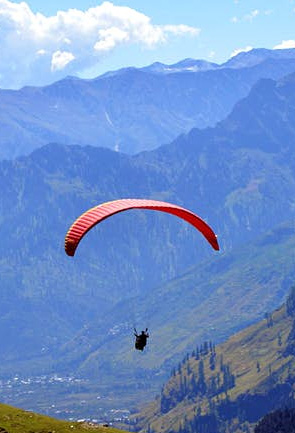

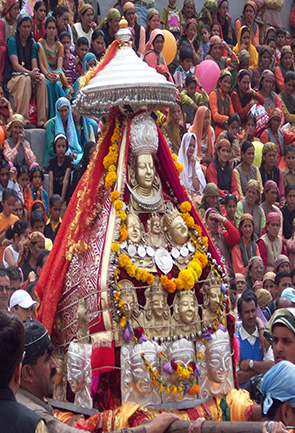
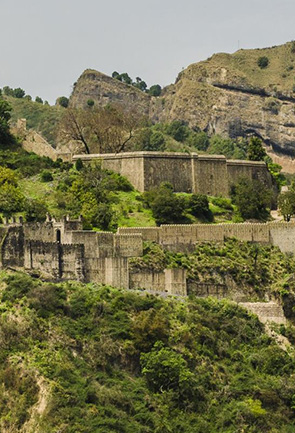



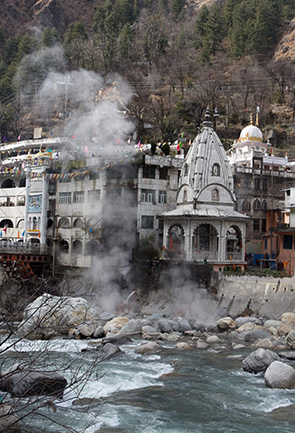
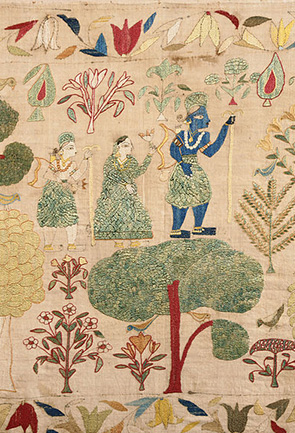


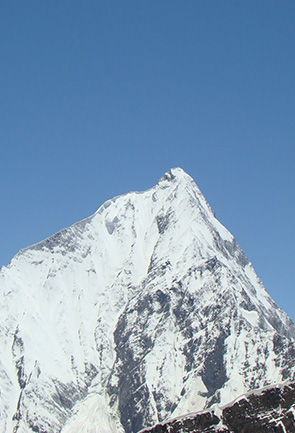


 Plan Trip
Plan Trip Call Us
Call Us Packages
Packages Home
Home